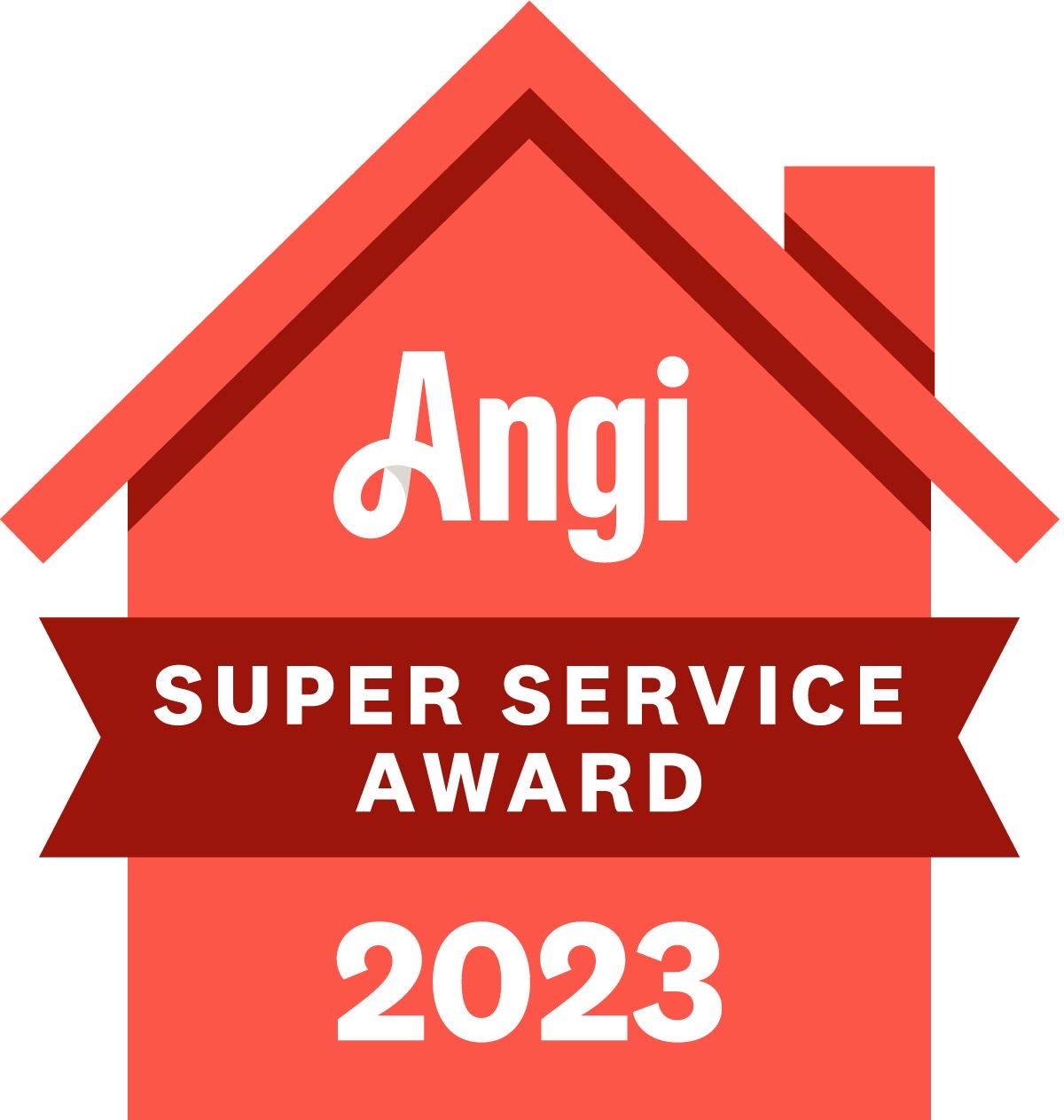
In Florida, where coastal living is a way of life, seawalls play a vital role in protecting properties from erosion and storm surges. However, these structures are subjected to constant exposure to saltwater, tidal fluctuations, and environmental factors, leading to wear and deterioration over time. Recognizing the signs that a seawall needs repair is essential for preserving property values and preventing costly damage. This article explores common indicators of seawall deterioration in Florida, guiding property owners in proactive maintenance and timely repairs.
-Cracks and Fractures:
- Cracks along the seawall’s surface are early signs of deterioration, often caused by stress from tidal movements, wave action, or settling of the underlying soil.
- Fractures may appear as hairline cracks initially but can widen over time, compromising the structural integrity of the seawall and increasing the risk of failure during storms or high tides.
- Inspecting the seawall regularly for cracks and fractures is crucial, especially after severe weather events, to identify and address potential weaknesses promptly.
-Erosion and Loss of Soil:
- Erosion along the base or toe of the seawall can result from wave action, tidal currents, or improper drainage, leading to soil loss and undermining the stability of the structure.
- Visible gaps or voids between the seawall and the adjacent soil indicate erosion and should be addressed promptly to prevent further deterioration.
- Monitoring the seawall for signs of soil erosion and replenishing lost soil through backfilling or beach nourishment can help maintain structural integrity and stability.
-Leaning or Tilting:
- A seawall that appears to lean or tilt away from the water is a clear indication of structural instability and potential failure.
- Leaning can result from soil erosion, inadequate foundation support, or excessive hydrostatic pressure exerted by groundwater.
- Immediate action is necessary if a seawall is leaning or tilting to prevent catastrophic collapse and protect adjacent properties from flooding or erosion.
-Corrosion and Rust:
- Corrosion of steel or metal components in seawalls is a common issue in Florida’s saltwater environment, accelerated by exposure to saline moisture and oxygen.
- Rust stains or corrosion along the seawall’s surface, particularly around fasteners, tie rods, or sheet piles, indicate the need for inspection and repair.
- Regular maintenance, including cleaning, coating, or replacing corroded metal components, is essential to prolong the lifespan of the seawall and prevent structural failure.
-Vegetation Growth:
- Excessive vegetation growth on or around the seawall can indicate underlying issues such as poor drainage, soil erosion, or structural weaknesses.
- Tree roots penetrating the seawall’s surface can exacerbate cracks and fractures, compromising stability and integrity.
- Clearing vegetation and roots from the seawall and addressing underlying drainage issues are necessary to prevent further damage and maintain structural stability.
-Seepage or Water Intrusion:
- Seepage or water infiltration through cracks, joints, or gaps in the seawall indicates compromised integrity and potential failure.
- Persistent moisture or dampness along the seawall’s surface may indicate underlying drainage issues or structural deficiencies requiring repair.
- Sealing cracks, joints, and openings in the seawall and improving drainage systems can help mitigate water intrusion and prevent further deterioration.
-Deterioration of Concrete or Masonry:
- Concrete or masonry seawalls may exhibit signs of deterioration such as spalling, scaling, or crumbling, resulting from exposure to saltwater, freeze-thaw cycles, and environmental factors.
- Visible deterioration of concrete or masonry components compromises the seawall’s strength and durability, necessitating prompt repair or replacement.
- Regular inspection and maintenance, including patching, sealing, or resurfacing damaged areas, can prolong the lifespan of concrete or masonry seawalls and prevent structural failure.
Recognizing signs that a seawall needs repair is crucial for protecting coastal properties and mitigating the risks of erosion, flooding, and structural failure. By monitoring for cracks, erosion, leaning, corrosion, vegetation growth, seepage, and deterioration of concrete or masonry, property owners can identify and address potential issues before they escalate into costly damage. Proactive maintenance, timely repairs, and professional inspection are essential to ensure the long-term stability and effectiveness of seawalls in Florida’s coastal communities.









